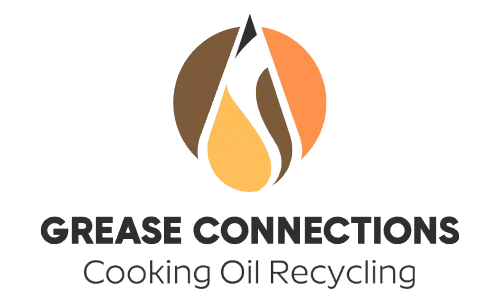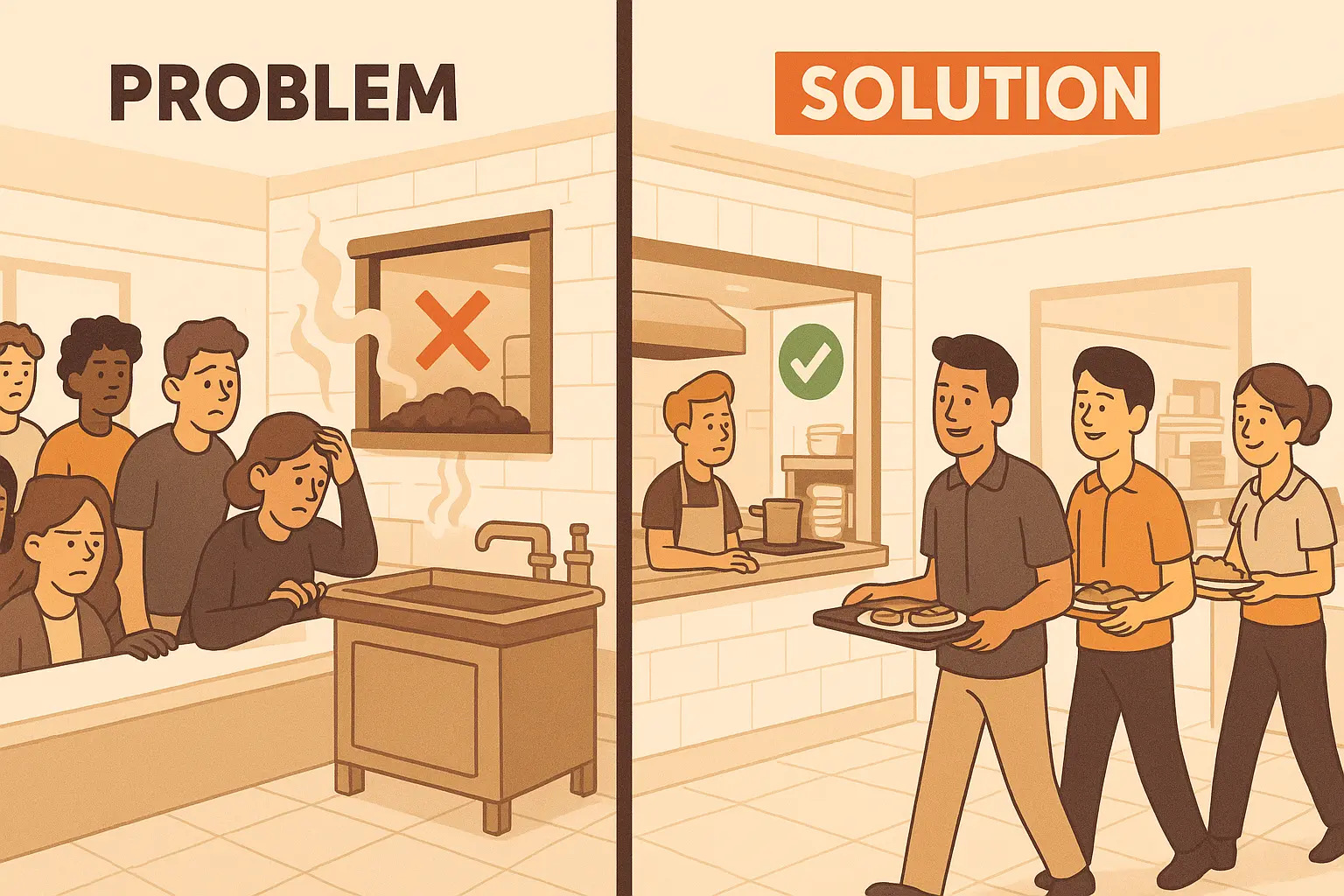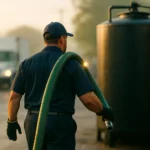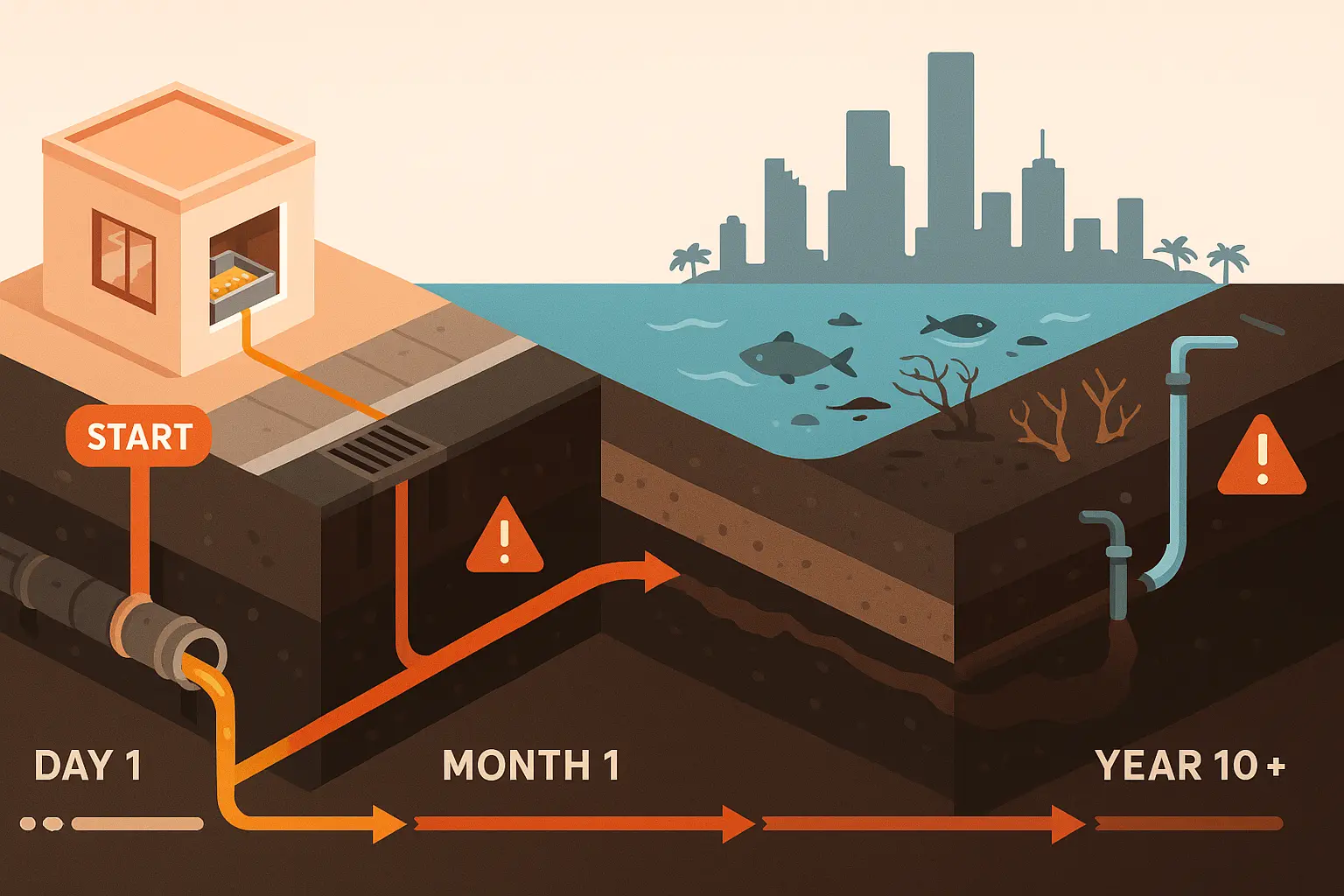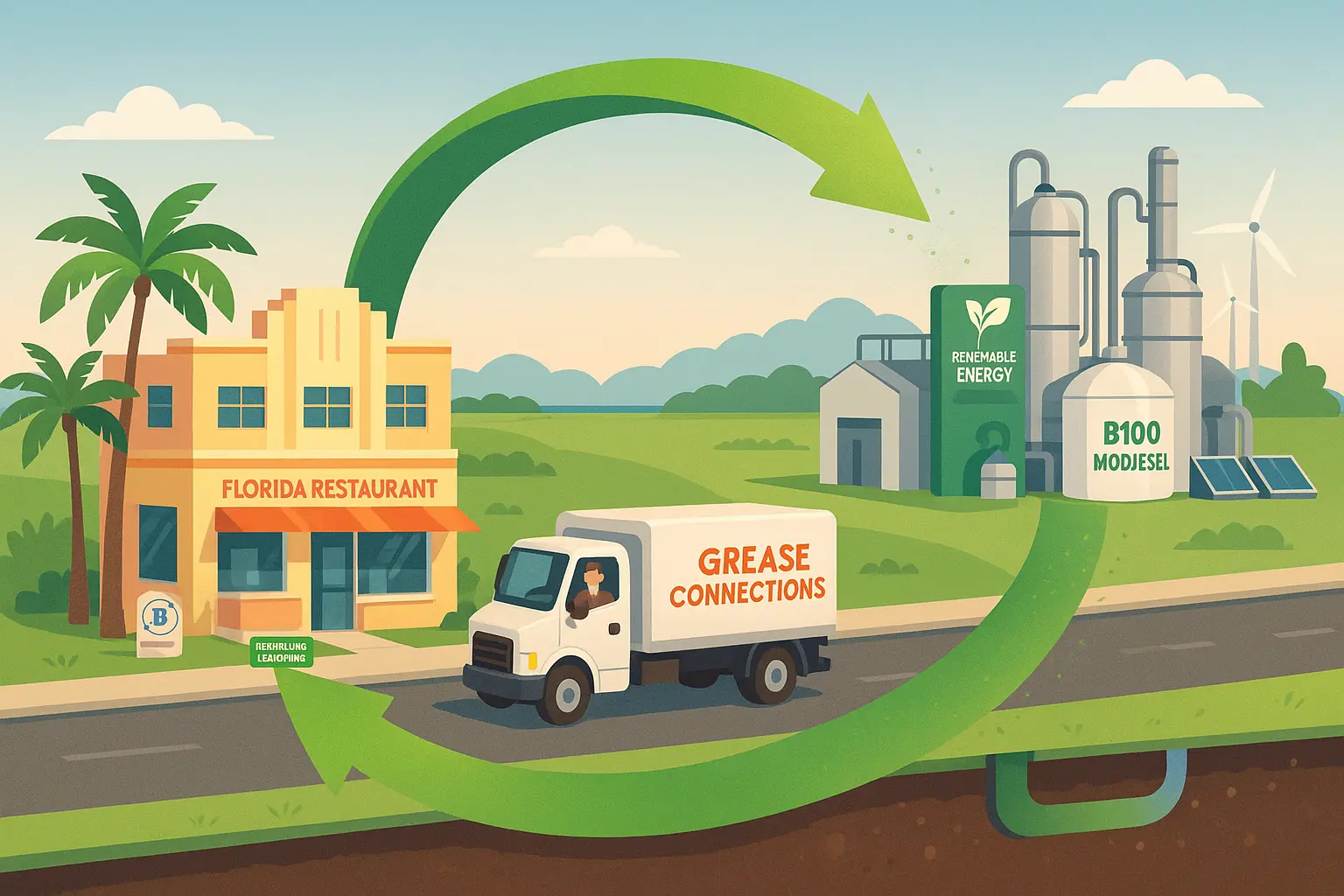Table of Contents
The Hidden Rush: Why Timing Grease Trap Service Matters
Grease traps that aren’t emptied before they hit the 25 % capacity rule back up, slow dish lines, and force emergency shut downs during lunch rush. Restaurants that move to preventative schedules cut surprise repairs and keep food quality scores high. According to Crew’s Environmental, proactive traps “prevent downtime and disruptions that negatively impact your business.” Regular service also avoids foul odor complaints and costly citations noted by Flamingo Plumbing. EPA best practice guidance confirms that interceptors should be inspected at least quarterly and emptied when a quarter full.
Map the Meal Waves: Finding Your Quiet 60 Minute Windows
Campus traffic data show the heaviest lines hit 12 2 p.m. and 5:30 8:30 p.m. on mid week days. Breakfast peaks around 7 9 a.m., while late afternoon lulls (3 4:30 p.m.) and late night post close slots are consistently quiet. Using these predictable “meal waves,” Grease Connections schedules crews for a single 60 minute window per venue usually 10 11 a.m. or 9:30 10 p.m. so no serving station needs to shut down. USDA meal cost studies back the efficiency gains of matching labor to low demand periods.

Grease Connections’ 3 Step Quiet Cycle Service Method
Remote trap level sensor pings when fill reaches 20 % so the team can schedule before the 25 % legal cap.
Two tech rapid pump crew arrives in unmarked vans during the preset window, using low noise vacuum units to avoid kitchen disturbance. Average onsite time: 38 minutes (internal service log, 2025).
Post service SMS report with before/after photos and FOG manifest uploaded for records, satisfying EPA transport rules.
Sample Week Schedule (3 Dining Halls + 2 Food Courts)
| Venue | Mon | Tue | Wed | Thu | Fri | Sat/Sun* | Notes |
|---|---|---|---|---|---|---|---|
| Hall A | 10 11 a.m. | – | 9:30 10 p.m. | – | 10 11 a.m. | Sensor based | 1,250 gal trap |
| Hall B | – | 3 4 p.m. | – | 10 11 a.m. | – | Sensor based | 1,000 gal trap |
| Hall C | 9:30 10 p.m. | – | 3 4 p.m. | – | 9:30 10 p.m. | Sensor based | 750 gal trap |
| Food Court 1 | – | 10 11 a.m. | – | 9:30 10 p.m. | – | Sensor based | two 500 gal traps |
| Food Court 2 | 3 4 p.m. | – | 10 11 a.m. | – | 3 4 p.m. | Sensor based | 500 gal trap |
Compliance Without Chaos: Key Rules in FL | GA | NJ
Florida: Traps must be “readily accessible for cleaning” under Chapter 64E 11, Florida Administrative Code.
Georgia: State Rule 391 3 6 .24 governs transport and disposal of FOG; quarterly inspection minimum.
New Jersey: Facilities must hold a PVSC FOG approval number before disposing of trap waste.
Grease Connections’ manifests and digital logs satisfy all three jurisdictions, letting dining managers pass surprise inspections without extra paperwork.
Coordinate With Your Used Oil Collection Company
Schedule trap servicing 48 hours before your used cooking oil pickup. That sequencing keeps the loading dock clear and enables the collection company to haul grease and trap waste in one trip cutting carbon output and transport fees. EPA guidance on hauled wastes stresses strict chain of custody to protect treatment plants; unified pickups simplify documentation.
Real World Payoff
A mid size Florida university reported zero meal service interruptions across 144 service windows in Spring 2025 after switching to the Quiet Cycle versus five closures the prior semester under an ad hoc vendor. Grease Connections data show preventative maintenance also extends trap lifespan and lowers plumbing repairs.
Implementation Checklist & Next Steps
- Map each venue’s peak and lull periods.
- Install 25 % threshold sensors during your next pump out.
- Book a 60 minute Quiet Cycle slot in Grease Connections’ portal
- Sync schedule with your used oil collection pickup.
- File digital manifests in your health department binder.
Need a precise quote? Grease Connections’ local teams in Miami, Atlanta, and Newark can audit your traps this week without blocking a single tray line.
